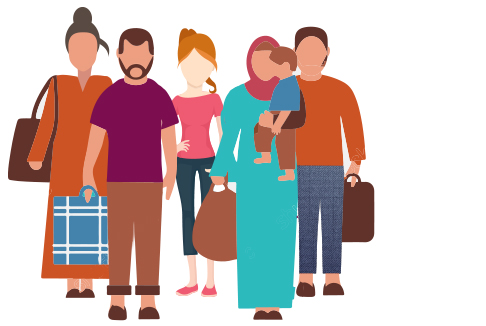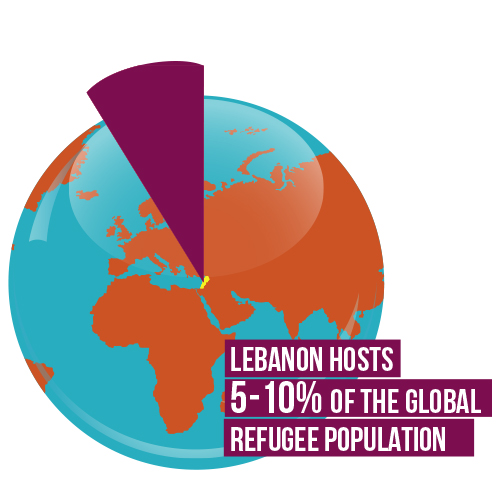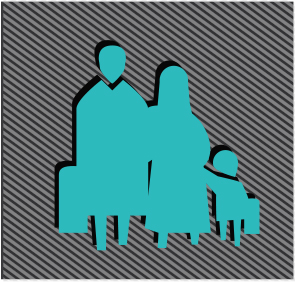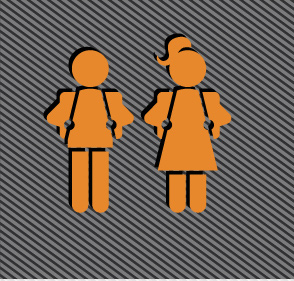Nobody wants to be a refugee| Everybody deserves access to healthcare.
My family left Syria a while after the war had started. The war severely impacted my 26 year old daughter’s mental health, leading to a nervous breakdown.
We moved to Lebanon, and for two and a half years now my daughter has been stable thanks to the treatment she’s receiving from Lebanese mental health professionals in Zahle. She is now back to her old self.
None of us ever wished to be refugees, but we can make it against all the odds. My family is a testament to that.
Lebanon currently hosts the largest per capita number of Refugees globally
31% of Syrian refugee families who needed secondary healthcare in 2015 reported not being able to access it.
Countries across the world must expand Resettlement and humanitarian admissions pathways for families the Qussame’s allowing them to provide a future for their loved ones.
©Rima Bakri/Médecins du Monde





















